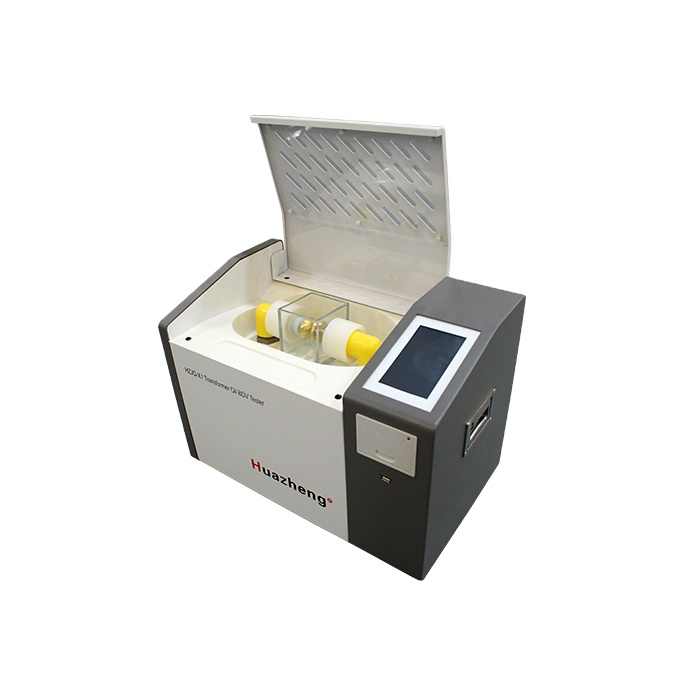Why Dielectric Transformer Oil Issues: Key Attributes and Maintenance Tips
The value of dielectric transformer oil expands beyond mere performance, playing an essential function in both the insulation and cooling of electrical transformers. The maintenance of these oils is similarly important to protect against issues that may compromise transformer performance.
Significance of Dielectric Transformer Oil
Dielectric transformer oil plays an important duty in the efficient operation of electric transformers, as it is consistently employed as both an insulator and a coolant. Its insulating residential or commercial properties avoid electrical discharges and arcing, which are crucial to maintaining the honesty of transformer components. By effectively separating conductive components, dielectric oil boosts the safety and security and dependability of the transformer, consequently prolonging its operational life expectancy.
Along with its shielding capacities, dielectric transformer oil acts as a coolant, taking in and dissipating heat generated throughout the electric change procedure. This thermal administration is necessary to avoid overheating, which can bring about devices failure and costly downtime. The oil flows within the transformer, effectively transferring warm away from essential areas, hence making sure optimal efficiency.
Key Qualities of Dielectric Oil
The performance of dielectric transformer oil is mostly established by its essential attributes, that include high dielectric stamina, thermal conductivity, and chemical security. High dielectric strength is important as it permits the oil to withstand substantial voltage levels without damaging down, thereby avoiding electric arcing and making certain safe operation of the transformer. This particular is essential for maintaining the integrity of electrical systems.
Thermal conductivity is one more necessary attribute of dielectric oil. It facilitates effective warm dissipation from transformer parts, decreasing the risk of overheating and extending the life-span of the tools (transformer oil recovery). Efficient thermal monitoring is essential in keeping optimal operating temperatures, which directly affects efficiency
Chemical security is similarly essential, as it makes sure that the oil does not weaken or respond detrimentally with products within the transformer with time. This security helps keep the oil's shielding homes and stops the formation of damaging sludge or deposits that can impair functionality.
Additionally, reduced thickness at running temperatures enables better circulation within the transformer, cooling both enhancing and insulation. With each other, these vital qualities ensure that dielectric transformer oil performs properly, sustaining the general efficiency and integrity of electric systems.
Benefits of Making Use Of Dielectric Oil

Furthermore, dielectric oil acts as a visit reliable coolant, dissipating warmth created throughout transformer procedure. This temperature level law is essential for preventing overheating, which can lead to tools failing or reduced life-span. The oil's thermal properties add to optimal functional problems, allowing transformers to work at their finest.
Another considerable benefit is the oil's chemical stability and resistance to oxidation. These homes decrease the formation of sludge and various other destruction by-products, thus reducing maintenance requirements and expanding the intervals in between oil adjustments. Moreover, dielectric oil offers excellent dampness absorption capacities, which safeguard the transformer from the harmful results of water access.
Upkeep Finest Practices

Furthermore, maintaining the transformer's temperature level within specified limitations is important. Elevated temperature levels can increase oil destruction, negatively check my reference impacting its dielectric homes. Executing a temperature surveillance system can assist in keeping ideal conditions.
Furthermore, ensuring correct ventilation and cooling of the transformer device lessens the danger of overheating. It is additionally essential to keep the transformer free from particles and impurities that may compromise its efficiency.
Carrying out routine visual examinations for leaks, deterioration, or signs of endure seals and gaskets see this site is another finest technique. Any type of problems ought to be resolved quickly to protect against oil contamination and preserve system honesty.
Lastly, establishing an upkeep schedule that includes oil substitute or treatment can improve the life-span of dielectric oil, ensuring it remains to do effectively. By embracing these upkeep ideal practices, operators can enhance transformer efficiency and minimize unexpected downtime.
Typical Concerns and Solutions
Transformers utilizing dielectric oil can experience numerous usual issues that may affect their efficiency and integrity. One famous issue is the degradation of the oil because of thermal anxiety, which can bring about decreased dielectric strength and enhanced danger of arcing. Routine surveillance of the oil's temperature level and applying cooling solutions can mitigate this trouble.
Another worry is moisture access, which can endanger the shielding properties of the oil. This can be addressed through regular testing for water content and employing desiccants or vacuum cleaner dehydration procedures to get rid of wetness.
Furthermore, the formation of sludge because of oxidation can obstruct normal procedure. This can be resolved by routine oil purification and substitute when needed, making sure ideal fluid cleanliness.

Final Thought
Finally, dielectric transformer oil plays a vital function in making sure the reliable operation and safety of electrical transformers. Its crucial features, including high dielectric strength and chemical security, add to optimal performance while reducing upkeep demands. Sticking to ideal upkeep methods, such as routine tracking of dampness and level of acidity, is essential for preventing common concerns and enhancing the operational lifespan of transformers. The significance of dielectric transformer oil can not be overstated in the realm of electrical infrastructure reliability.
The value of dielectric transformer oil expands past simple functionality, playing a pivotal role in both the insulation and air conditioning of electric transformers.Dielectric transformer oil plays a vital function in the effective operation of electrical transformers, as it is regularly employed as both a coolant and an insulator. Generally, the value of dielectric transformer oil can not be overstated, as it is fundamental to the secure, effective, and long-term procedure of electric transformers.
The effectiveness of dielectric transformer oil is largely established by its crucial qualities, which include high dielectric strength, thermal conductivity, and chemical security.In final thought, dielectric transformer oil plays a vital duty in guaranteeing the efficient procedure and safety of electric transformers.
Comments on “Made Use Of Transformer Oil Recovery: Lowering Waste and Enhancing Oil Energy”